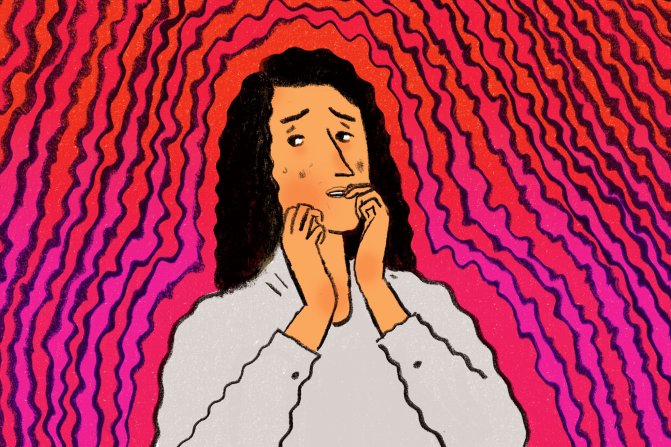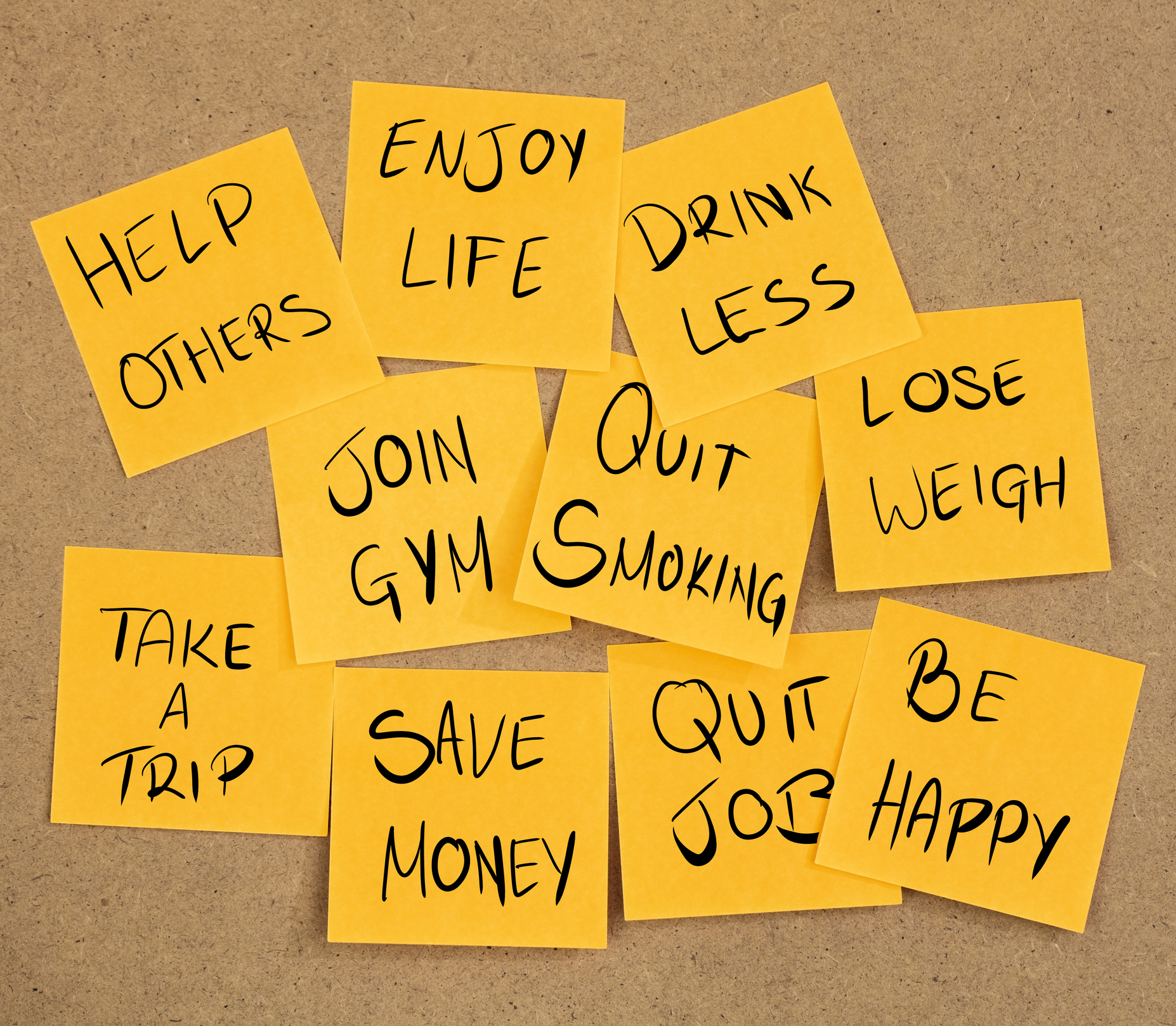N O
I didn’t lose my mind; this is the the video I posted on this past Monday’s blog and as A Caring Catalyst but also a real, live CHANGE MAKER. . .
This hairstylist had a job he was paid to do. . .
Beyond the job, he had the same options every other cause-driven compassionate human being has for comforting someone who is struggling.
Maybe think of these options as “Levels of Sacrificial Giving.” Each level requires a bit more sacrifice on the part of the giver, thereby imbuing the act with an increasing measure of beauty.
LEVEL 1: WORDS
Saying something genuine to affirm the sufferer’s enduring worth.
LEVEL 2: UTILITY
Supplying helpful goods, services, or money for the sufferer’s use.
LEVEL 3: TOUCH
A tender gesture to inhabit the same physical space as the sufferer.
LEVEL 4: TRANSFER
A permanent exchange from giver to sufferer (e.g., organ donation).
LEVEL 5: CO-SUFFERING
Voluntarily joining the sufferer to share the experience of their pain.
This hairstylist is a Level 5 Giver.
It begs the simple question:
ARE YOU A LEVEL FIVE GIVER
I’ve come to learn that no ironclad argument exists for convincing someone that Level 5 Giving is worthwhile or even rational.
The beauty of an act of Level 5 Giving either pierces you in a life-changing way or it doesn’t.
My hope for you and me is that this act, or another like it, so pierces us that we level up our giving in a world that is groaning louder and louder for it every day. . .
JOIN ME
Lets LEVEL UP
always to a better way. . .
























